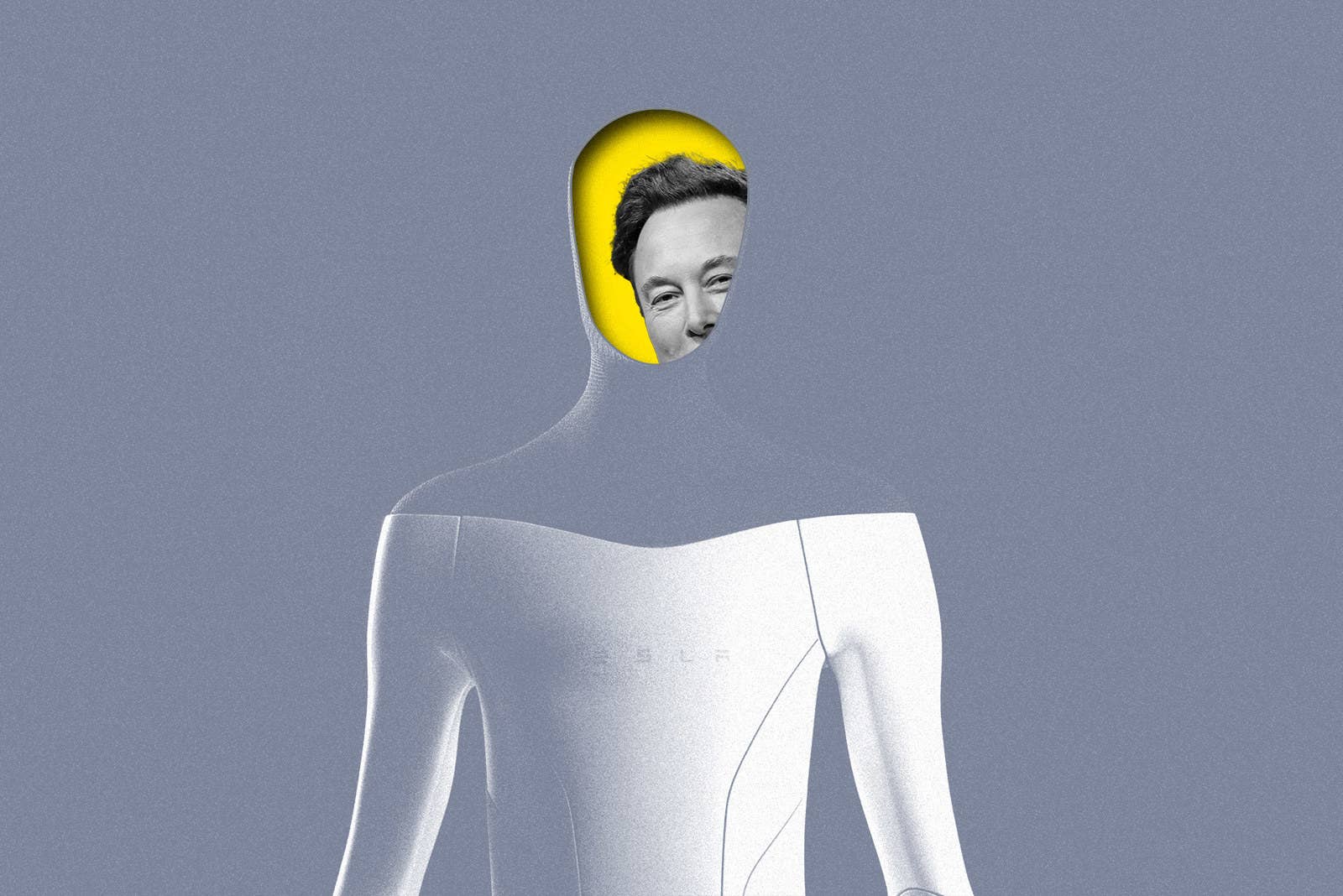
From PayPal to Tesla and SpaceX, Elon Musk’s various companies have overhauled the way we pay for things, fuel our cars, and send mega-rich people and astronauts to space.
Now, the controversial entrepreneur’s next goal is to bring robots to factory floors and, eventually, our homes.
Tesla, Musk’s electric car company, is set to unveil a prototype of its humanoid robot — called Tesla Bot, or Optimus — next week during its annual AI Day event. The goal is to bring thousands of robots to work in Tesla production facilities, replacing humans in tasks that are “unsafe, repetitive or boring,” according to the AI page on the company’s website. Musk has previously said that Tesla plans to introduce the robots to the consumer market by 2023 (but the company has often missed target dates in the past).
Last week, Musk tweeted that the robots will be controlled by AI developed by Tesla’s Autopilot team, which also programs the self-driving software used in the company’s vehicles.
It’s a curious turn of events for a man who has spoken openly of his fears of AI on many occasions and has said he worries about a Terminator-like apocalypse.
Not much else is known about Optimus. A nonworking version of it stood onstage last year. The bot stands around 5 feet 8 inches tall, weighs 127 pounds, and will be, according to Musk, “friendly.” It’s a curious turn of events for a man who has spoken openly of his fears of AI on many occasions and has said he worries about a Terminator-like apocalypse.
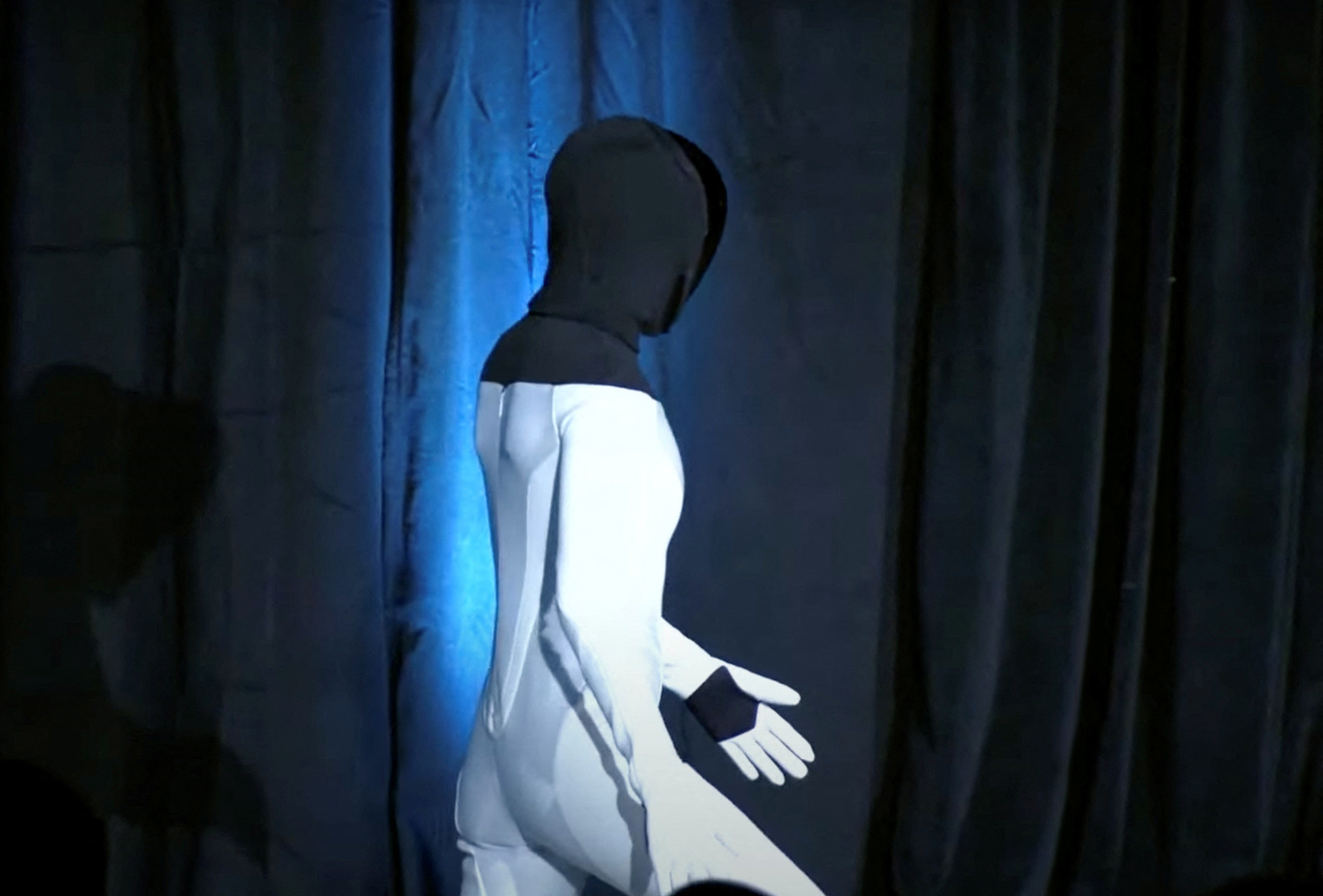
The world of robotics is full of skeptics who are asking a similar question: How likely are we to see a massive breakthrough in the development of humanoids from Tesla?
“If the objective of humanoid robotics is to emulate the human condition in a manner that’s perceptually indistinguishable from the human mind and body — [we’re] not very far [advanced] at all,” Carl Strathearn, research fellow in AI and humanoid robotics at Edinburgh Napier University, told BuzzFeed News.
Development of humanoid robotics is still in its early stages, Strathearn said; current breakthroughs tend to be so minor that they’re limited to academia, rather than big, brash presentations by publicly listed companies.
“The field has been plagued with people either dressing as robots or using something called the Wizard of Oz method,” Strathearn said. “This is where a human operator hidden from view controls the robots and people interact with the robot on the false pretense that they are engaging with the latest AI system.”
Humans have been fixated on developing robots that look like us, or the animals we regularly interact with, for centuries. “We’re interested in creating something in our own image, like a bipedal robot,” said Jonathan Aitken, senior university teacher in robotics at the University of Sheffield.
The technology that could enable these kinds of robots to be produced has only become feasible in recent years. History is littered with examples of “humanoid robots” that turned out to be people in robot suits.

Newspapers in 1938 were as breathless in their coverage of a humanoid robot named Rupert as current reporters have been about the Tesla Optimus. Rupert was displayed at London’s Savoy Hotel by his inventor, Albert Creuziger.
The suited “robot” could stand up out of a chair, smoke, put on a hat, and pour a cocktail. Rupert was even photographed dining with two women. He was, however, just a man pretending to be a robot by moving weirdly.
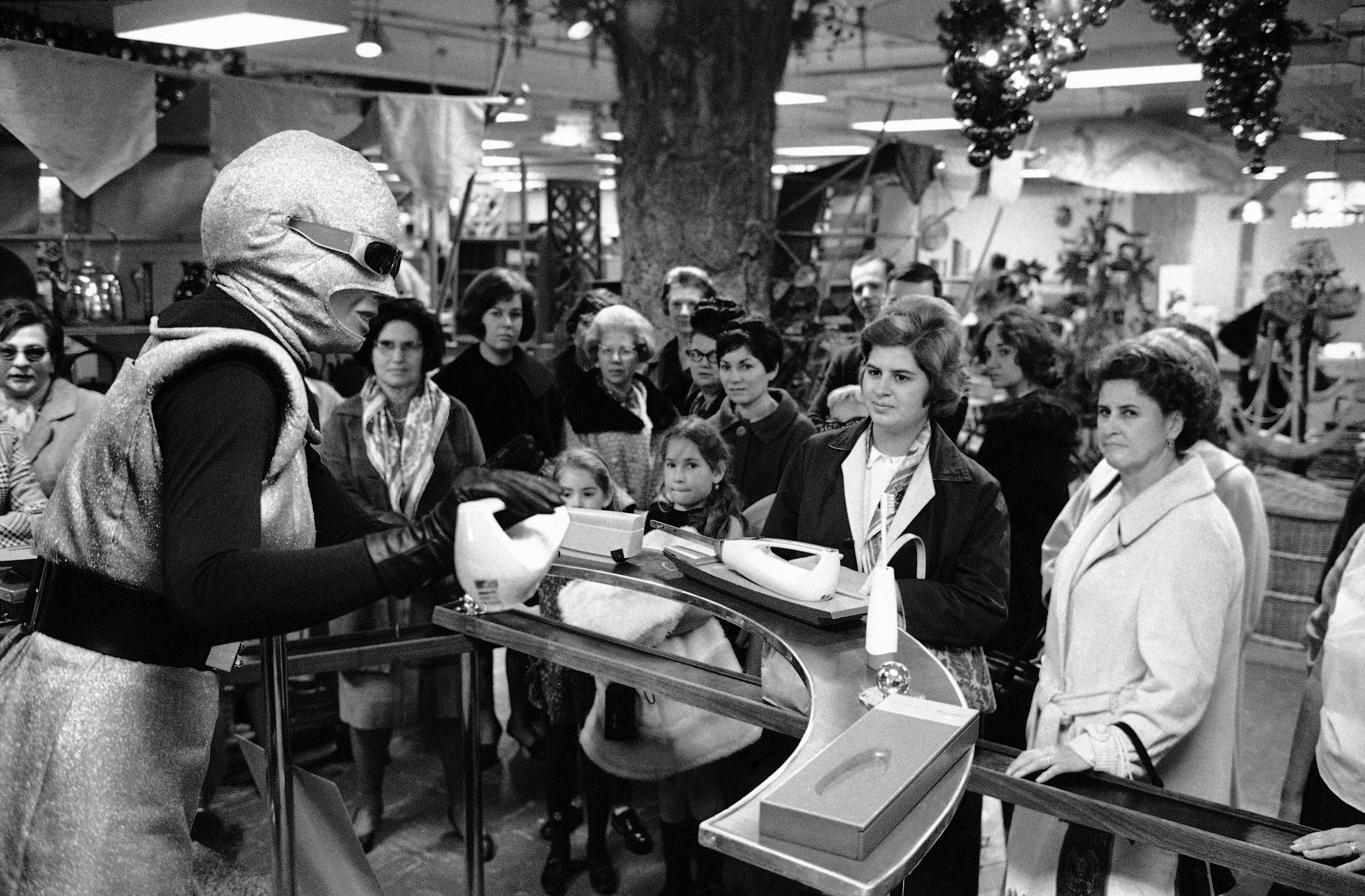
Then there was Roberta in 1965, selling wares in a New York City department store. She was also a human behaving oddly. The earliest examples of “robots” were a kind of “fake it ‘til you make it” game.
Even today, such misrepresentations exist. At a youth forum for robotics in 2018, Russian state TV highlighted Robot Boris, a humanoid robot that was supposed to demonstrate Russian supremacy. YouTuber Jake Paul has come out for his recent boxing matches backed by the so-called Problem Bot. But both Robot Boris and the Problem Bot are just two more guys in suits.
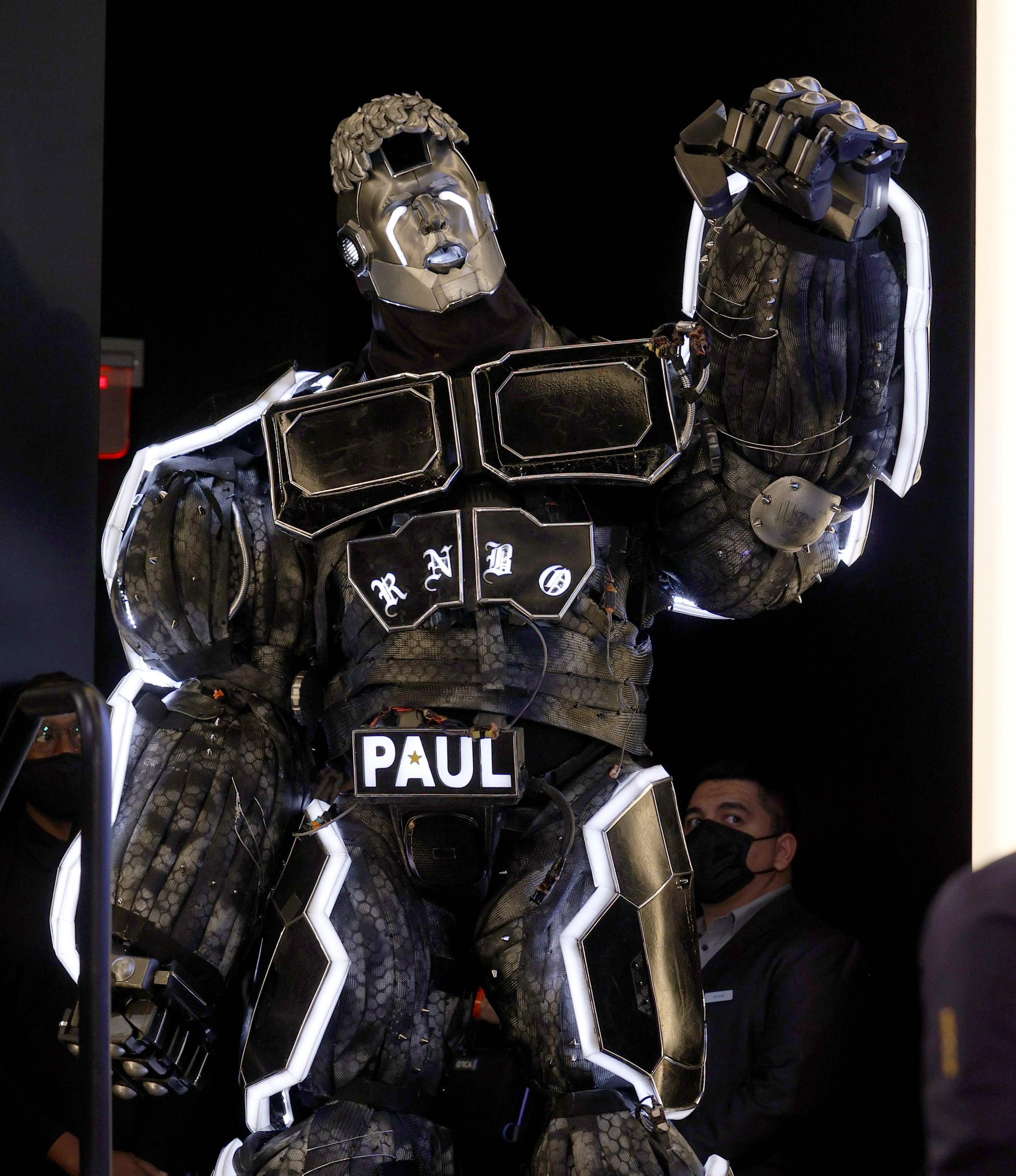
According to Streatham, there’s a more significant sin when it comes to passing off humans in suits as real robots or giving them more credence than they're due, as in the 2017 case of the robot called Sophia that was given citizenship in Saudi Arabia. While the robot was real, the granting of citizenship implied Sophia had more intelligence than she really did, making it easier for others to overstate the development of their tech. “This opened the door for the private robotics industry to use artistic interpretation for gain without any real reprisal,” Streatham said, adding that it also undermined academic research.
Musk himself put a human dressed as a robot onstage when first introducing the concept of Optimus in 2021. Later in the presentation, the human who had worn the robotic outfit came out onstage. “Unlike [Tesla’s Dojo supercomputer], that was not real,” Musk told the audience. He added, “The Tesla Bot will be real,” before promising a prototype in 2022.
In response to an email inquiring how far the Optimus project had developed in the past year, Musk responded: “I hate BuzzFeed with the passion of a thousand suns.”
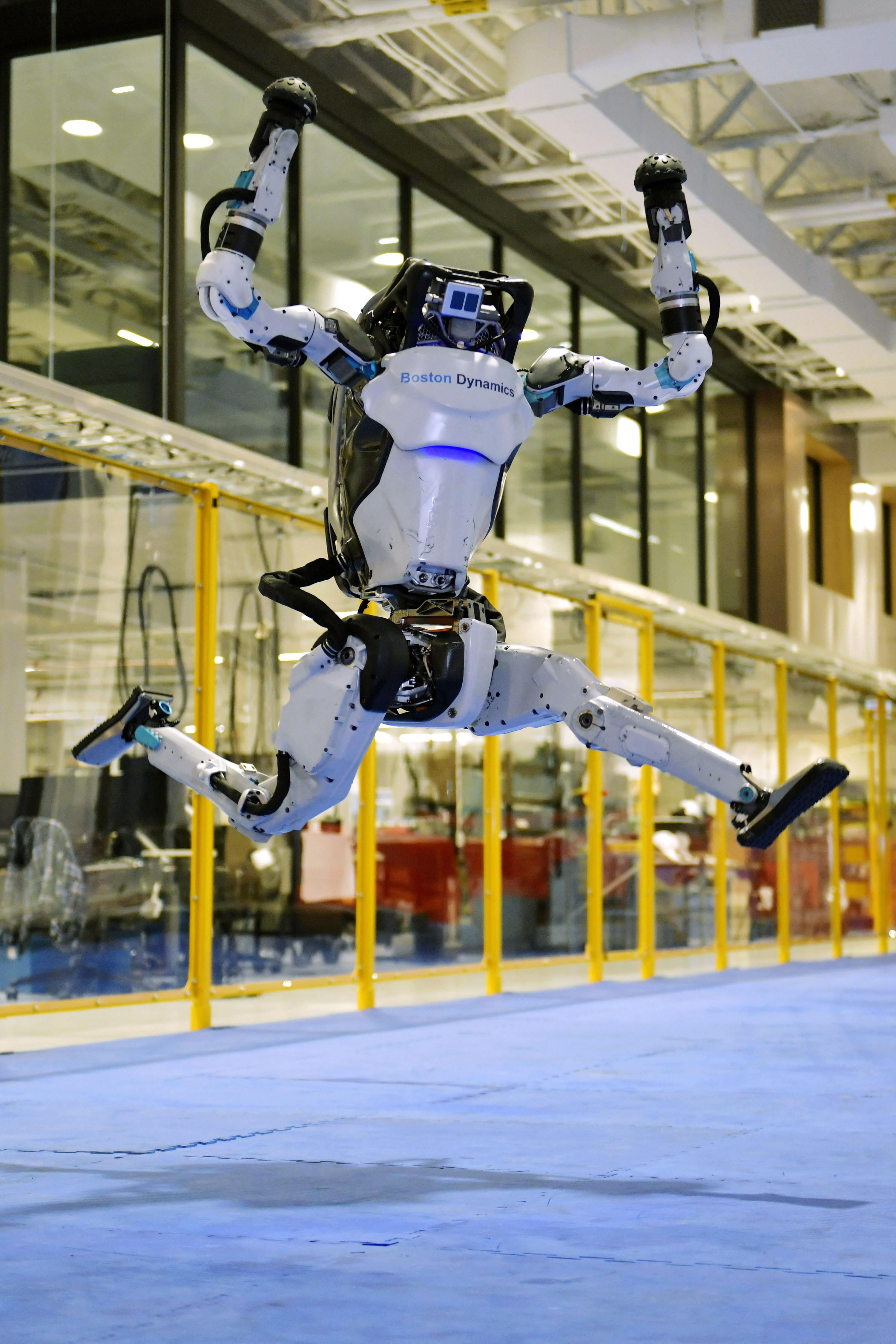
But humanoid robots are possible. Aitken pointed to those currently being developed by companies like Boston Dynamics: models that are usually designed for a certain repetitive task or series of motions.
“They’re very, very capable robots designed for very, very specific purposes,” he said. “They're not applied within a highly dexterous manufacturing process, which is what we're looking at in terms of Tesla.”
Aitken suggested that humanoid robots are likely not suited for the challenges of many manufacturing processes.
“The thing I was more concerned about reading some of the news on this is that Musk was talking about lifting, carrying, and moving things,” Aitken said. “I understand the reasons behind that: They’re the type of things you want to do on the manufacturing shop floor. But I don’t get why you wouldn’t just do that with existing wheeled robots.”
Strathearn said that if we see a version of Optimus on Sept. 30, it’s important to remember that it’s a prototype.
“What [Musk] means by prototype here is most likely a very early-stage robot controlled in part, if not totally, by a human operator,” Strathearn said. “If it is fully automated, it will be in a very controlled environment with markers laid out for path planning and action planning.”
He added that, despite the hype, some realism is necessary.
“Either way, don’t expect to have one of these in your home anytime soon,” he said, “and if you do, it won’t be doing the dishes or cooking for you.” ●
